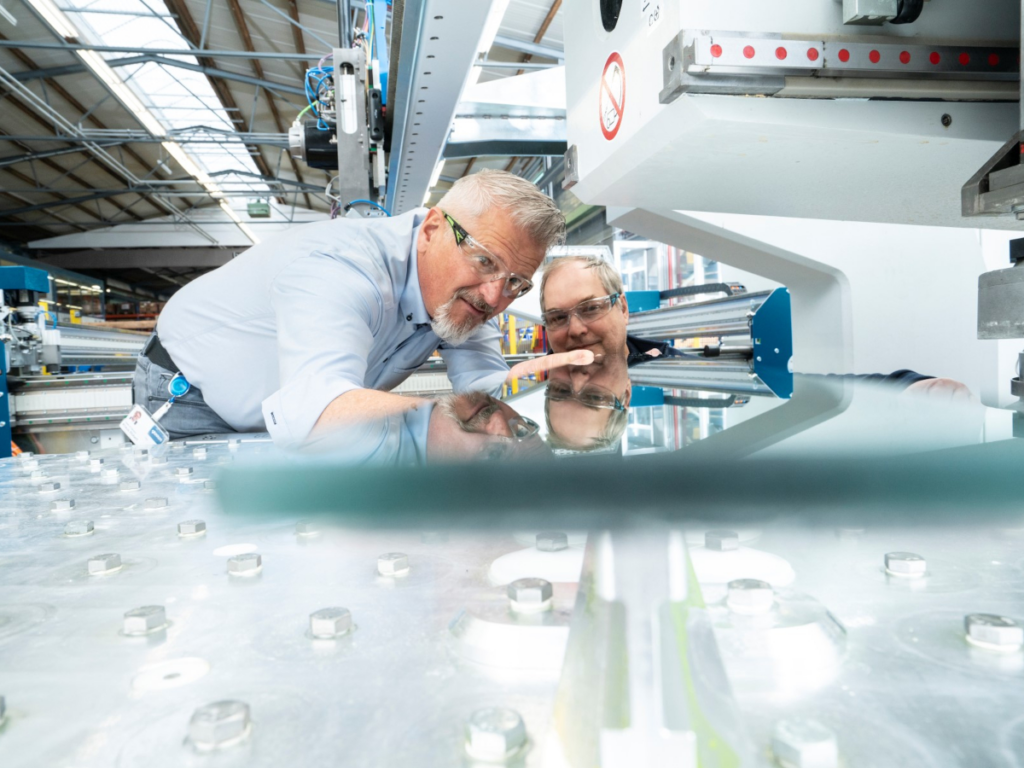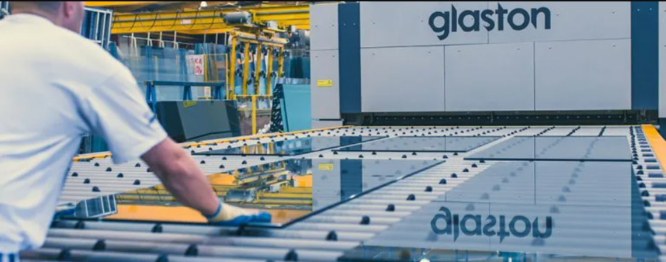When you conserve energy, you reduce your electricity bill. This significantly contributes to climate change mitigation and increases your profits.
Glaston continues to strive for the development of cutting-edge glass processing technology in order to meet production demands while consuming substantially less electricity.
With our enhancements, you can take advantage of new innovations and begin energy conservation. Join us in our mission to improve the future through safer, more intelligent, and more energy-efficient glass solutions.

Advancing glass tempering technology to save energy
“Glaston is developing innovative heating and cooling technologies to improve glass quality, energy efficiency, and automation reliability.”
Our tempering lines’ sophisticated heating control enables us to increase loading efficiency and reduce energy consumption without sacrificing quality. With contemporary technological advancements, quenching energy can even be optimized, according to Riku Farm, director of Heat Treatment Technologies.
Reduce energy losses in laminated glass
The simplest method to conserve energy when laminating glass is to switch from a conventional infrared heater furnace to one that utilizes full convection technology.
As the same air is recirculated within the furnace, energy losses are minimized. The correct quantity of energy stabilizes the temperature of the furnace. Often, processors report energy savings of at least 50 percent after upgrading their heating technology.
Convection reduces automotive glass processing energy consumption
Also essential for bending and tempering automotive glass is heating technology. Convection heating minimizes energy loss during the process due to its targeted and efficient heat transfer.
Convection provides uniform heating for bending both transparent and printed glass. For processing windshields and sunroofs, convection reduces the number of conventional reflection plates, saving more energy per manufactured unit.
“Energy can be recovered in the pre-treatment of automotive glass. By decelerating electric motor-powered equipment, energy is returned to the grid.
In addition, our lightweight equipment conserves up to a third of the energy required by conventional machinery, according to Robert Prange, executive vice president of Automotive & Display Technologies.
Save energy by streamlining the production of insulating glass
The Thermo Plastic Spacer (TPS®) system from Glaston produces IG units with a single machine as opposed to multiple components. This reduces production cycle times and conserves energy by accelerating daily production.
“The newest washing and drying machine from Glaston autonomously turns off the drying zone when the glass plate is dried. This reduces energy consumption by 25%, and the closed water circuit reduces water consumption even further, according to Uwe Risle, director of Insulating Glass Technologies.
Enhance vitality with enhancements
“Maintaining the equipment with the assistance of Glaston’s experts and original spare parts is a foolproof method to guarantee energy efficiency. Then, upgrading an existing glass processing line with cutting-edge technology yields significant energy savings without requiring the purchase of a completely new line.
Most of our most recent technology is available as an upgrade, making it fast and easy to expand capacity, improve output quality and yield, reduce maintenance, and increase uptime, as stated by Artturi Maki, SVP of Services.




